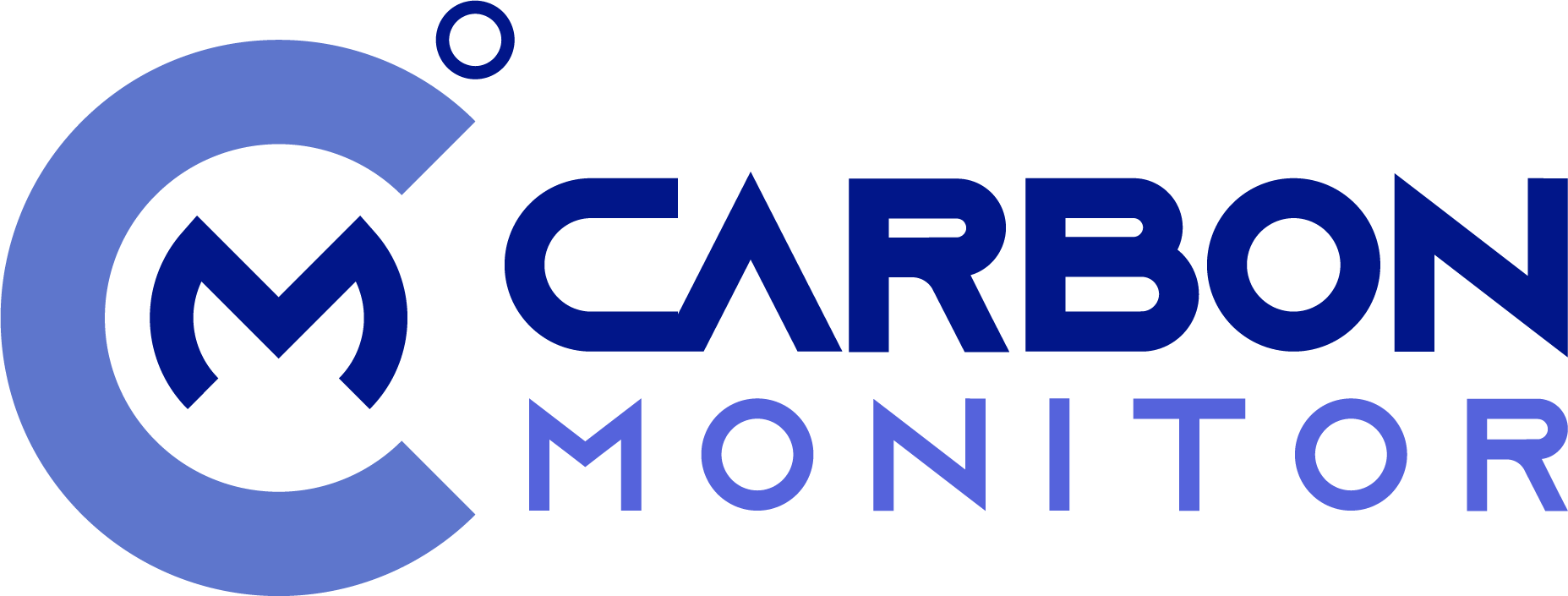The evolution of the voluntary carbon market (VCM) over the last two decades is a story of innovation, experimentation, mistakes, and corrections. The VCM, as its name suggests, is a voluntary, market-based mechanism for curbing global carbon emissions. This specialized market allows the private sector, governments, and individuals to participate in carbon offsetting and trading, helping entities offset their emissions while they work to decarbonize their supply chains and develop new, energy efficient technology. There is no single entity that manages the market, but rather an ecosystem of self-regulating standard-setting organizations and certifiers. In the last few years, the VCM has embraced financial derivatives. A number of platforms now offer trading in derivatives linked to VCM offset credits.
The VCM ecosystem consists of a variety of public and private organizations, including carbon offset programs (also known as registries or standards), project developers, and carbon buyers, which are often corporate buyers but also include entities such as cities, endowments, and universities. These organizations are all connected via retail providers, financial institutions and brokers that transact carbon credits either through bilateral agreements or participation in exchanges that operate both in spot/cash markets as well as, more recently, futures markets.
Registries and standards organizations provide a crucial function as they define the monitoring, reporting, and verification (MRV) requirements for each project type. The most established programs are the Verified Carbon Standard (VCS), Climate Action Reserve (CAR), American Carbon Registry (ACR), and Gold Standard. Each registry has its own rules or standards that dictate how project developers originate their carbon credits through methodological approaches to carbon reduction, avoidance, and removal. Once a registry verifies that an offset project meets its criteria, the registry will issue credits against the project activity that quantify the change from the baseline scenario to the low-carbon project scenario – with each offset credit representing one ton of CO2 reduced, avoided, or removed. Those certificates (also called “offsets” or simply “credits”) become transferable instruments maintained on each respective registry. Once a buyer purchases a certificate, they can choose to claim the underlying carbon outcome towards mitigating or neutralizing their carbon budget by “retiring” the offset – thereby making sure no one else can claim the carbon outcome the certificate represents.
Retail providers play a large role in structuring deals and matching project developers and corporate buyers – they are able to provide advisory services and market expertise for buyers that are not as familiar with the VCM structure. Those firms can also hold inventory of offset credits. While some (large) corporate buyers may choose to produce carbon offsets directly from project developers, retail providers and brokers play an important role in the market. In particular, they are often able to help financing projects at an early stage by committing to buy a minimum amount at a fixed price agreed today. The varied nature of projects available to buyers makes pricing challenging and raises the issue of information asymmetry. Project developers and buyers would need to keep track of competitors’ bilateral agreements to see what a “fair” market price would be. Additionally, they would need to consider any differences between competitors’ projects and their projects vis-a-vis project type or technology, geography, and methodology in order to understand the value of the credits under negotiation. This system of ad-hoc, bilateral carbon sales creates an opaque trading environment in which negotiations are protracted and incur a high level of effort and transaction costs for both parties. The burden of slow negotiations and high transaction costs falls disproportionately on project developers that depend on financing and are eager to land a deal, while well-capitalized buyers can take time to build up their carbon project inventory. In some instances, uninformed project developers have received a lower price for the credits than other comparable projects, which would lead to public criticism and claims of corporate greed or unethical behavior that would damage the entire industry’s reputation.
As the VCM continued to develop, the opacity and ongoing evolution of the market indirectly led to quality issues with certain credits. Projects undertaken in previous years might have been verified under newly developed, less rigorous monitoring and verification requirements, and the early iterations of methodologies may have been untested. Without clear information on which projects carried a higher level or rigor or integrity, buyers ended up purchasing credits that might not actually represent any reduction or avoidance in CO2 emissions.









